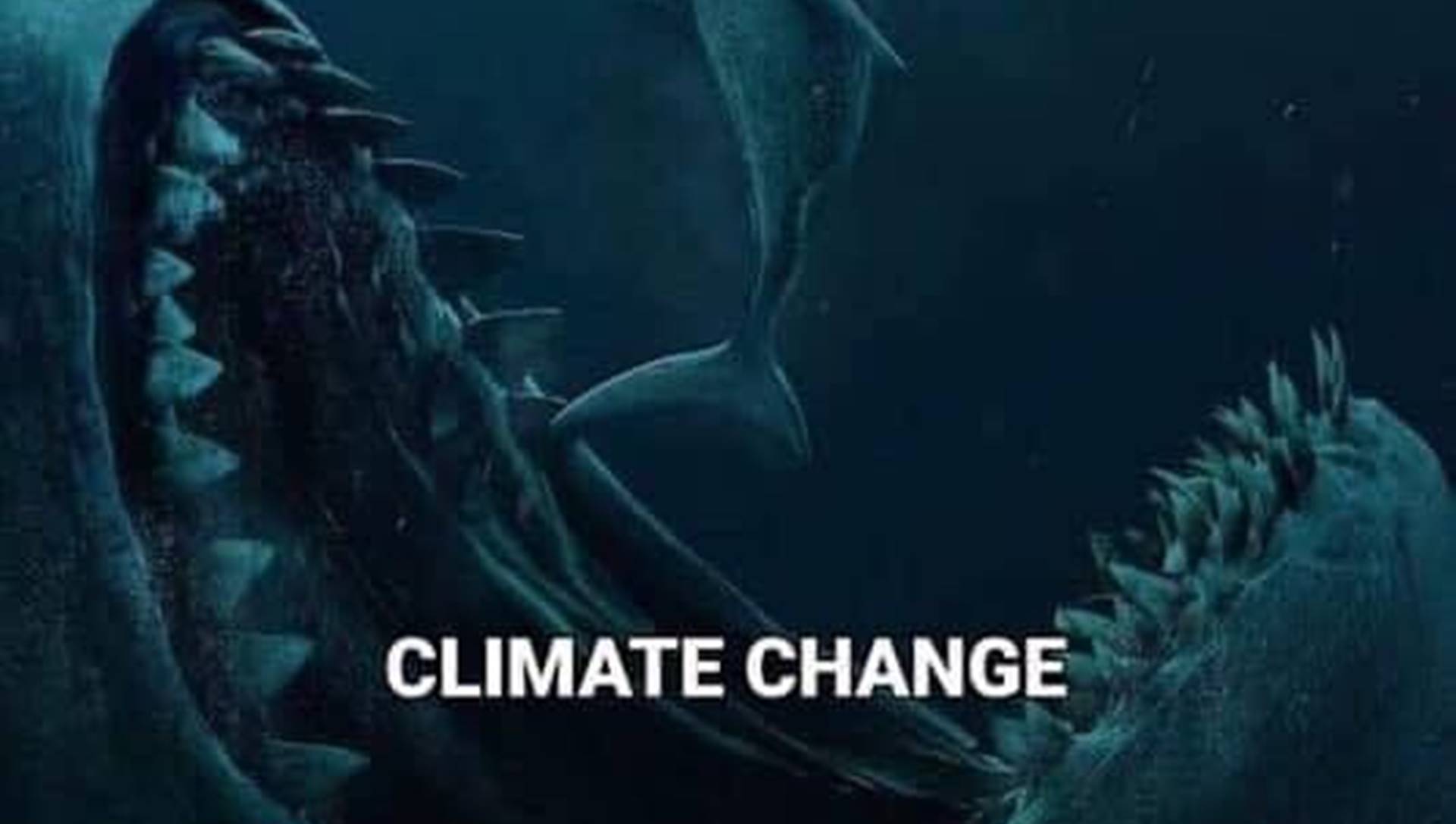The last five years have been the warmest years on record and the climate data predicts that the Earth will get even hotter over the next 5 years
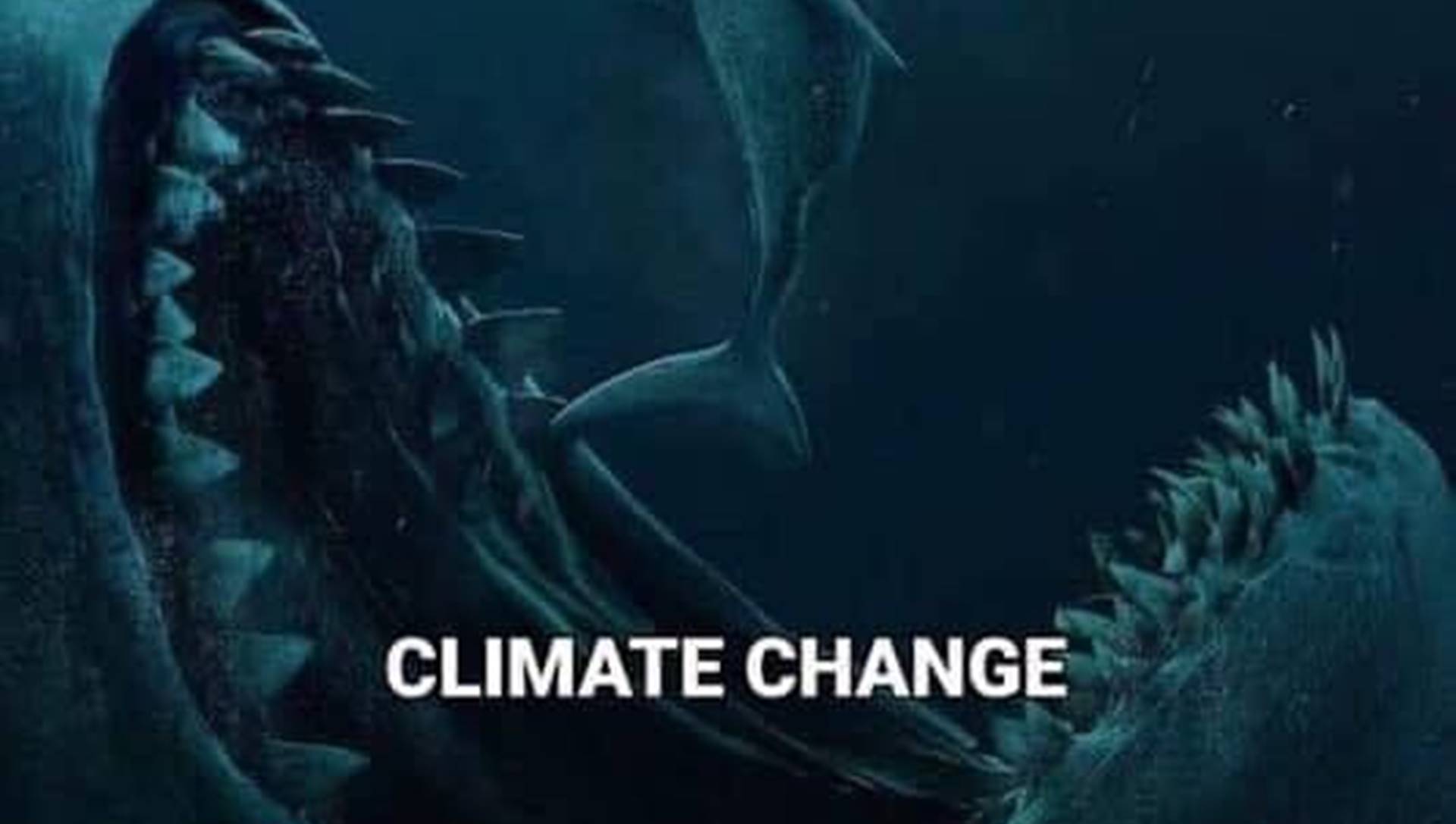
The last five years have been the warmest years on record and the climate data predicts that the Earth will get even hotter over the next 5 years.
According to the World Meteorological Organization, temperatures from 2020 to 2024 are anticipated to be between 0.91 C to 1.59 C above pre-industrial levels.
2020 has shown the extent of the looming climate crisis, with record weather and natural disasters reported all over the world. In this article, we will review the 10 major climate events in 2020 that prove we are in a climate emergency and discuss natural solutions that can help mitigate the effects of climate change.

1.World temperature record set in California hitting 130 °F
The National Weather Service has reported that Death Valley, California has recorded a high temperature of 130 degrees Fahrenheit130 °F on August 16, 2020. This is the hottest record in the US since 1913 and one of the hottest air temperatures recorded anywhere on the planet in the last century.
2. Extreme heat and rain occur more often
An analysis of global data from over 36,000 weather stations around the world has confirmed that, while the planet continues to warm, extreme weather events like heatwaves and heavy rainfall are becoming more frequent, intense, and last longer.
3. The Atlantic Ocean is now hurricane fuel, triggering heavy storms
During an average year, around 12 named storms tend to form in the Atlantic Ocean, including tropical storms and hurricanes. Yet, the National Oceanic and Atmospheric Administration’s forecast for 2020 is between 13 and 19 huge storms. At least six of them are expected to become major hurricanes this year.
Credit: National Geographic
4. The South Pole is warming three times faster than the global rate
A new study analyzing 60 years of weather station data using computer modeling concludes the South Pole has been warming at a rate three times the global average during the past three decades. Temperatures registered in Antarctica rose by 1.8 degrees Celsius between 1989 – 2019. Meanwhile, global temperatures rose 0.5 to 0.6 degrees Celsius during the same period. This rapid warming of the South Pole shows its special vulnerability to the impacts of the global climate crisis.
5. Antarctica’s ice shelves lost 4 trillion metric tons of ice
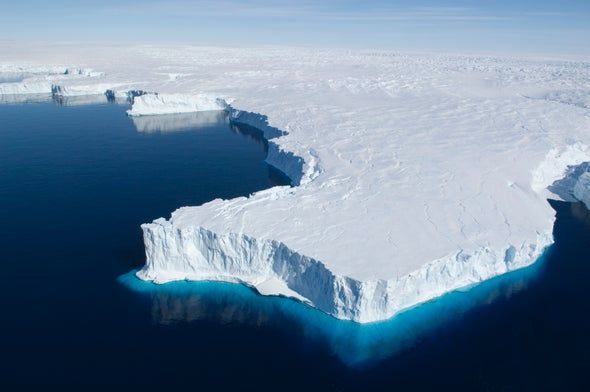
A new study analyzing satellite data from 1994 to 2018 confirms that the warming ocean water is melting the ice shelves from the bottom up, so they melt faster than they can refreeze. The melting of millions of metric tons of ice each year, triggers further sea-level rise, increasing coastal flooding.
6. Canadian ice caps disappeared
According to NASA satellite images, the St. Patrick Bay ice caps on the Hazen Plateau of Ellesmere Island in Nunavut, Canada, have disappeared in 2020 entirely. A comparative analysis of vertical aerial photographs taken in 1959 with the satellite data from 2015 found that until 2014 these ice caps had melted only by 5%. Yet, the extraordinarily hot summer of 2015 caused them to shrink significantly. The satellite images taken in July 2020 show that ice caps are now absent.
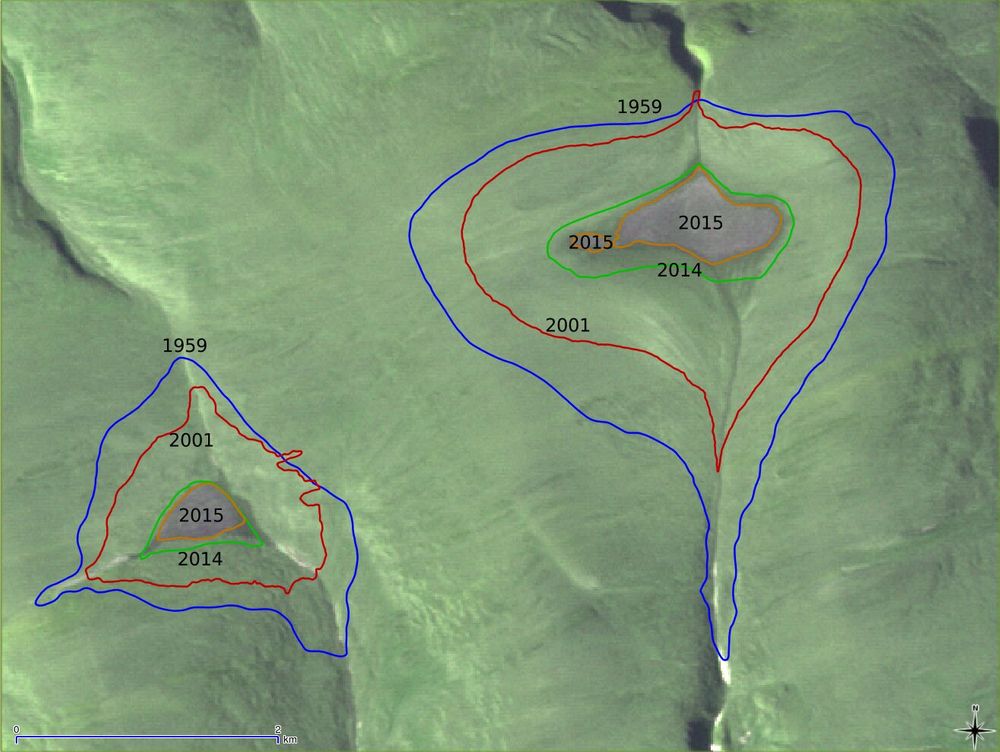
7. The first active leak of sea-bed methane discovered in Antarctica
Methane, a potent greenhouse gas, has been reported actively leaking from the Antarctic sea-bed for the first time. Scientists estimate those vast quantities of methane are stored under the seafloor around Antarctica and the gas could start to leak more, as the climate crisis warms the oceans. This can be incredibly dangerous to the ocean ecosystems and accelerate climate change further.
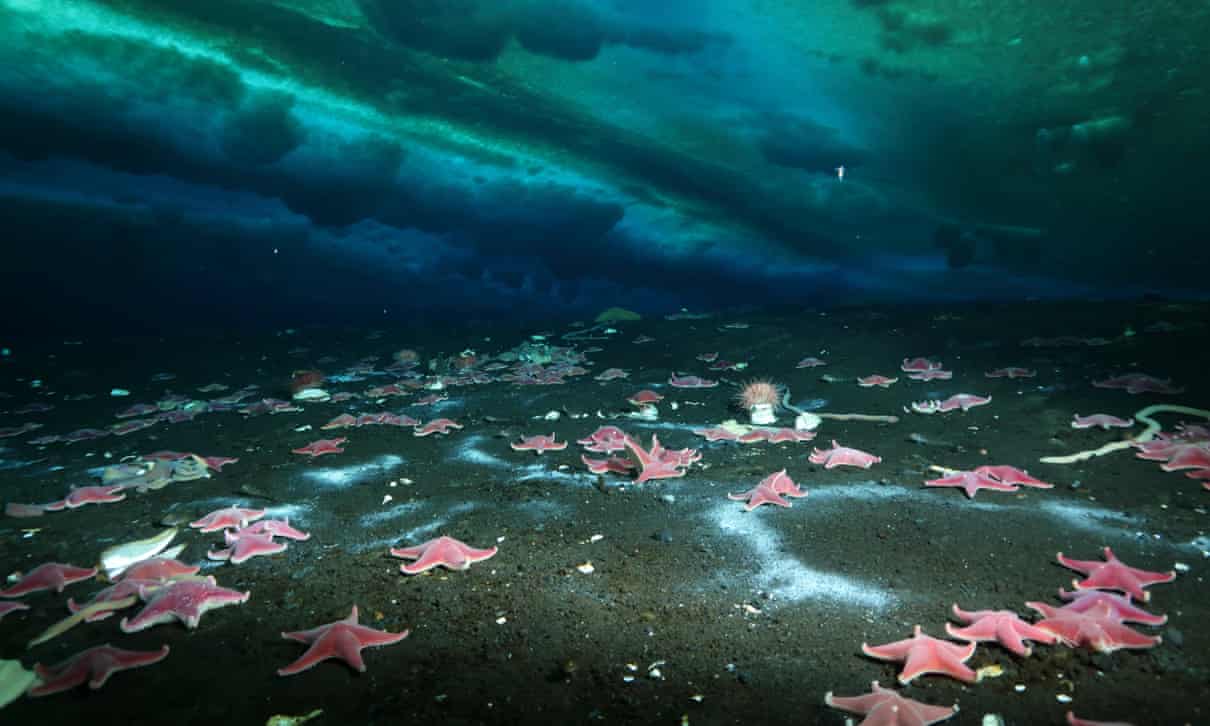
8. Global methane emissions soared to record high
In 2020, the global emissions of methane have reached the highest levels on record. This increase has been mostly driven by more emissions from coal mining, oil and gas production, cattle and sheep farming, as well as landfills. The melting in the Arctic may also trigger a burst of methane from the thawing permafrost into the atmosphere. Methane is a potent greenhouse gas with a global warming potential of 23 times as much as the same amount of CO2.
9. Record heatwave over Arctic Siberia
The Copernicus Climate Change Service has recorded a heatwave during the second half of June 2020, with average temperatures across parts of Arctic Siberia up to 10 °C above normal. This broke the previous records for the two warmest Junes – 2018 and 2019. On 20 June 2020, the temperature reached 37 °C, the highest ever temperature reported in the Arctic in June.
10. The biggest wildfires in the Arctic Circle on record
In June 2020, the wildfires raging in the Arctic Circle released an estimated total of 59 megatons of CO2 into the atmosphere. This was the highest estimated emission in the 18 years of the Copernicus Atmosphere Monitoring Service (CAMS) dataset.
Nature-based solutions to combat climate change
Climate scientists from the United Nations believe that nature can provide the best defense solutions against climate change. They suggest using an ecosystem-based adaptation approach (EbA) to mitigate the impacts of changing climate and help communities adapt better. According to UNEP, ending deforestation and restoring natural habitats can create 80 million jobs and lift 1 billion people out of poverty globally.
EbA measures aim to secure ecosystem services while reducing people’s vulnerability whether in natural or heavily modified landscapes like cities. They can be implemented to strengthen various ecosystems including mountains, wetlands, drylands, coasts, as well as urban systems to help effective adaptation to climate change.
Source: The United Nations Environment Programme (UNEP)
Preventing floods
Developing green infrastructure can help communities survive floods and minimize their damage. Restoring natural wetlands can create a sponge during heavy rainfall to prevent flooding and store water during a drought. Introducing riparian buffer zones along riverbanks can help capture sediments and significantly slow run-off, reducing down-stream flood damage to properties and infrastructure.
Protecting coasts
Restoring coastal ecosystems to create a natural cost-effective seawall against rising seas can help prevent coastal flooding and shore erosion. Coral reefs and mangroves break the waves before hitting the shore, protecting coastal communities. Studies show that natural habitats can be 2-5 times more cost-effective than engineered structures for lowering wave heights.
Preparing for drought
Planting special species of trees, shrubs, and crops tolerant to drought can hold more water in the soil, improving water security in the face of climate change. Sustainable forest management recharges groundwater supplies, absorbing water through tree roots and filtering drinking water for millions of people, including over 68,000 communities across the US.
Reducing soil erosion
Sustainable grazing and livestock management can help reduce soil erosion, regenerate vegetation, increase food security, improve water availability, upgrade soil quality, and protect livestock. For example, increasing perennial species cover, adjusting flock management, and developing contingency plans.
Averting desertification
Implementing the GreenBelt approach focused on planting drought-tolerant species of crops, trees, shrubs and other plants with roots that hold water in the soil helps prevent desertification, regenerate soil quality, extend shade, and provide windbreaks.
Preventing wildfires
Rehabilitation and restoration of rangelands can help repair natural defense mechanisms for fire resistance, reducing the frequency and severity of wildfires, as well as damage, risks to life, and people’s livelihoods from wildfires. Planting indigenous drought-tolerant species of plants, grass, and shrubs can make the ecosystems fire-resistant.
Evaluating climate risks
Climate risk assessment is a crucial tool for our society to thrive in an uncertain future. To assess the climate risks for your property, you can use the Augurisk risk assessment platform. It helps evaluate your risks associated with climate change, including hurricanes, tornadoes, blizzards, coastal flooding, wildfires, and other natural hazards.
Source: https://blog.augurisk.com/10-facts-that-prove-were-in-a-climate-emergency/
Napomena o autorskim pravima: Dozvoljeno preuzimanje sadržaja isključivo uz navođenje linka prema stranici našeg portala sa koje je sadržaj preuzet. Stavovi izraženi u ovom tekstu autorovi su i ne odražavaju nužno uredničku politiku The Balkantimes Press.
Copyright Notice: It is allowed to download the content only by providing a link to the page of our portal from which the content was downloaded. The views expressed in this text are those of the authors and do not necessarily reflect the editorial policies of The Balkantimes Press.

